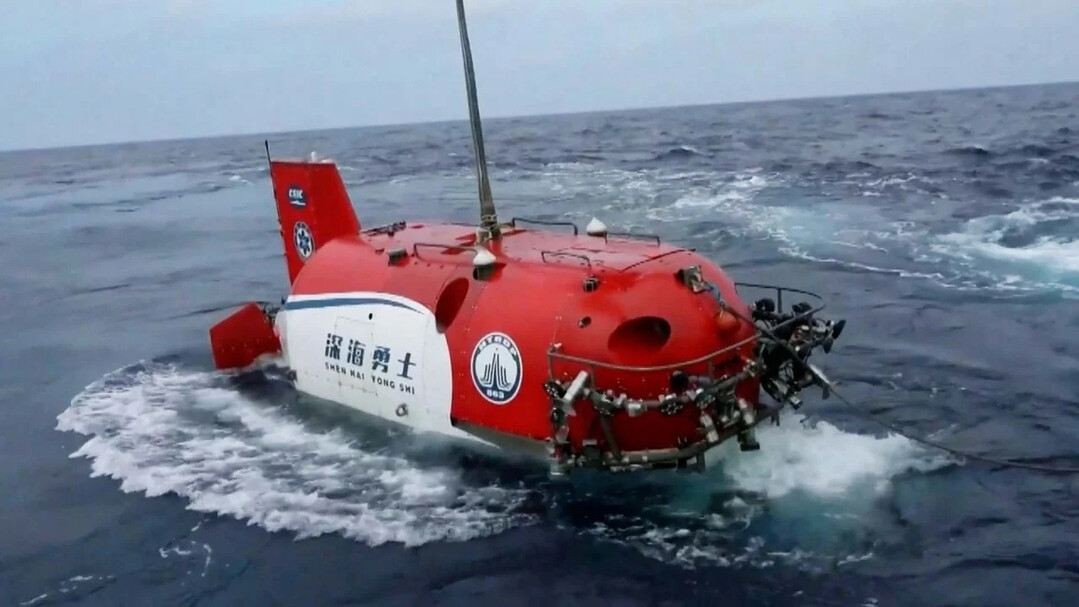
Hong Kong - In a bid to bolster its marine research capabilities and assert its geopolitical influence in the contentious South China Sea, China is reportedly developing an advanced deep-sea research facility.
Dubbed a "deep-sea space station" by scientists, the facility is designed to be stationed 2,000 meters below the surface and is expected to be operational by around 2030. It will house up to six scientists for missions lasting up to a month.
The primary focus of this underwater station will be the study of "cold seep ecosystems." These unique environments are rich in methane, featuring an abundance of unique life forms and vast deposits of methane hydrates, also known as "flammable ice."
Details of the "deep-sea space station" design were recently published in the journal "Manufacture & Upgrade" by researcher Yin Zhenping and his colleagues from the South China Sea Institute of Oceanology, Chinese Academy of Sciences, according to the South China Morning Post (SCMP).
The publication highlights pioneering work on long-term life support systems, crucial for establishing and maintaining a permanent monitoring network to track methane flow rates, ecosystem changes, and geological activity.
Yin's team envisions the station working in close collaboration with unmanned submersibles, surface vessels, and underwater observatories to create a comprehensive, four-dimensional surveillance grid.
This ambitious project is part of a broader infrastructure development plan that includes China's extensive underwater fiber-optic network and the Mengxiang drilling vessel, which aims to reach the Earth's mantle for the first time.
"The South China Sea has become a frontier where biology, geopolitics, and engineering converge," a Beijing-based marine scientist commented.
"The deep-sea space station facility signals China's shift from a marine development follower to a leader," the scientist emphasized, adding that it "could be a turning point in deep-sea competition."
The power source for this facility remains undisclosed. Experts note that similar equipment from the US and Soviet era, such as the US Navy's retired NR-1 and Russia's troubled AS-12 Losharik, relied on nuclear reactors.
The NR-1, retired in 2008, could dive to about 900 meters, while its Russian counterpart, thanks to its titanium hull design, reached depths of 2,000 meters but was rendered inoperable by a fire in 2019.
The South China Sea, where China plans to deploy its deep-sea station, is estimated to hold 70 billion tons of methane hydrates, equivalent to half of China's proven oil and gas reserves.
It also boasts deposits of rare minerals with cobalt and nickel concentrations three times higher than terrestrial mines and is home to over 600 species that can survive in extreme environments, some of which possess enzymes crucial for cancer treatment.
[Copyright (c) Global Economic Times. All Rights Reserved.]






























